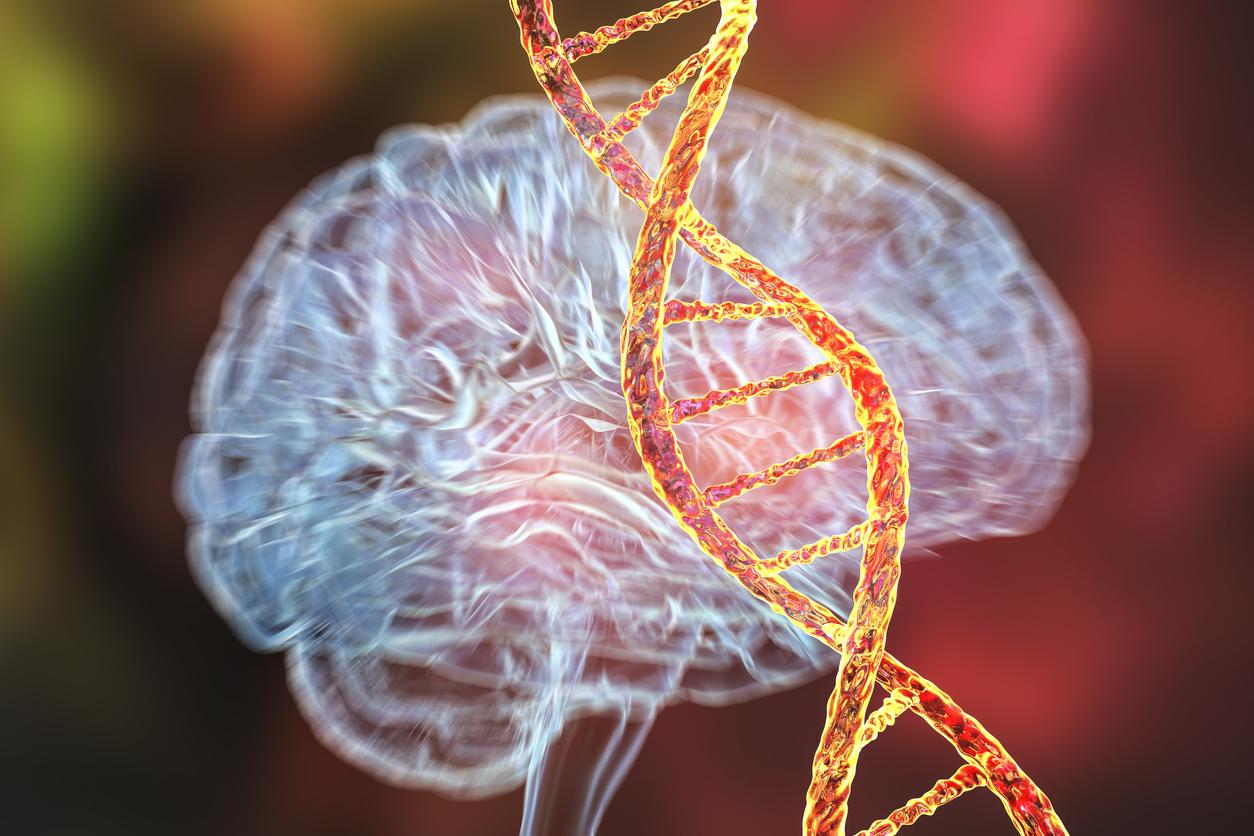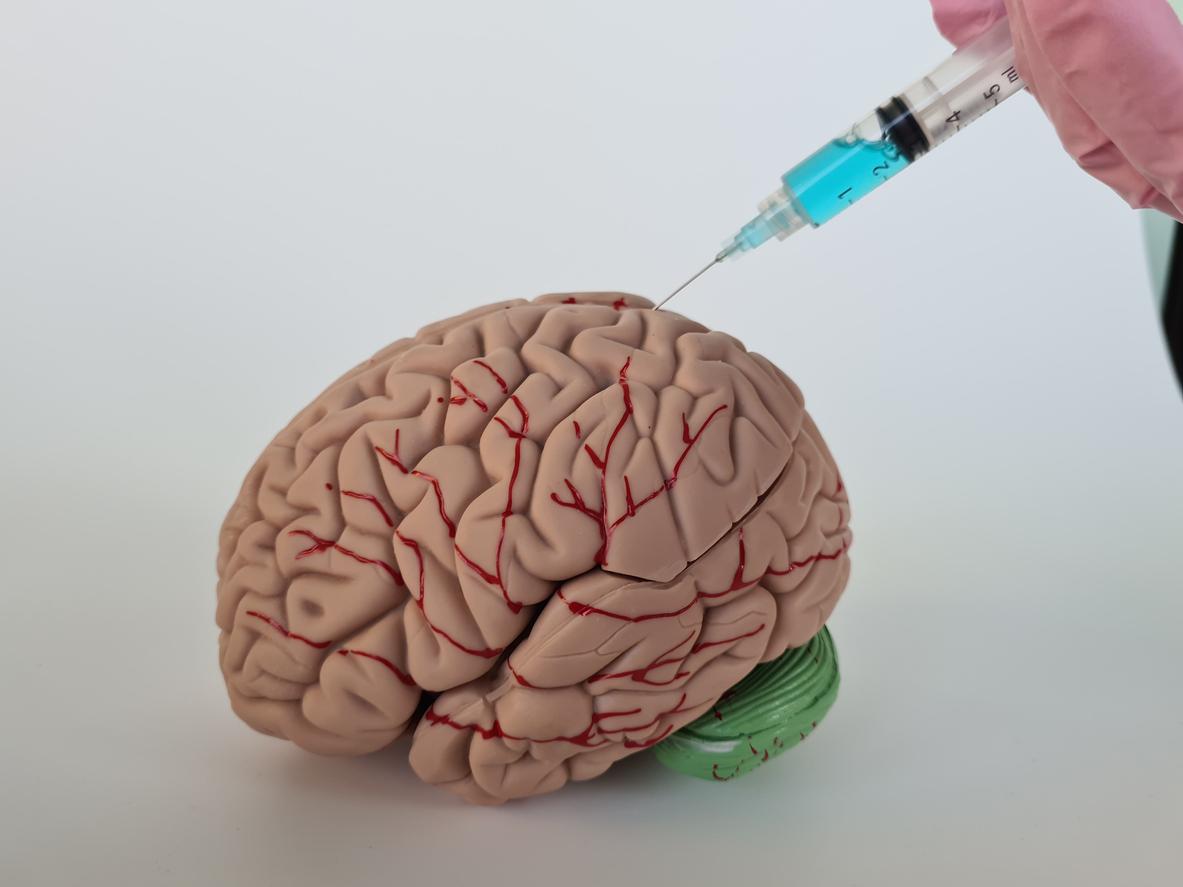A new alternative to injections to treat AMD could soon become a reality.

- AMD is a multifactorial retinal disease that affects people over 50.
- Requiring heavy injection-based treatments, AMD can lead to loss of central vision.
- A new treatment for AMD has just been discovered through work on a drug designed to treat Parkinson’s disease.
A drug originally designed to fight Parkinson’s disease could also slow the development of AMD, according to a new study conducted by French scientists.
Previous epidemiological research has already highlighted a possible association between Parkinson’s disease and a reduced risk of neovascular AMD. To confirm this link, researchers from Inserm, CNRS and the Institut de la Vision (Sorbonne University) explored the underlying mechanisms that could explain this potential protection.
AMD and Parkinson’s: what are thethe underlying mechanisms?
In cellular and animal models, scientists first showed that L-Dopa, a dopaminergic drug used in the treatment of Parkinson’s disease, activates a specific receptor in the brain called “DRD2”. This activation of DRD2 blocks the formation of new blood vessels in the eye, a key process in the development of neovascular AMD.
To go further, the team then analyzed the health data of more than 200,000 people with neovascular AMD in France. It thus showed that patients who took L-Dopa or other drugs that inhibited the DRD2 receptor to treat their Parkinson’s disease developed neovascular AMD later in life (at age 83 instead of 79) and required fewer intravitreal injections.
AMD: “unprecedented prospects for patients”
“These results open up new perspectives for patients with wet AMD. We now have a serious lead to delay the progression of this disease and reduce the burden of current treatments.”explains Florian Sennlaub, Inserm research director at the Vision Institute.
Thibaud Mathis, university professor and hospital practitioner in the ophthalmology department of the Croix-Rousse hospital – Hospices civils de Lyon, has the same view: “These results suggest that dopaminergic drugs, beyond their role in Parkinson’s disease, could have a beneficial effect in the prevention and treatment of neovascular AMD.”

AMD: two forms of the disease exist
AMD is a multifactorial retinal disease that affects people over 50. It corresponds to a degradation of a part of the retina – the macula – and can lead to loss of central vision.
There are two forms of AMD, “Wet AMD” and the “Advanced atrophic or dry AMD”. While the dry form of the disease currently has no curative treatment, the neovascular form can be slowed down by regular injections* administered directly into the patient’s eye. “Although necessary, these can represent a significant therapeutic burden due to the frequency of injections, monthly or bimonthly depending on the progression of the disease. It is therefore interesting to continue to identify new alternatives for patients,” specifies the‘Inserm.
*so-called “intravitreal” injections.


















